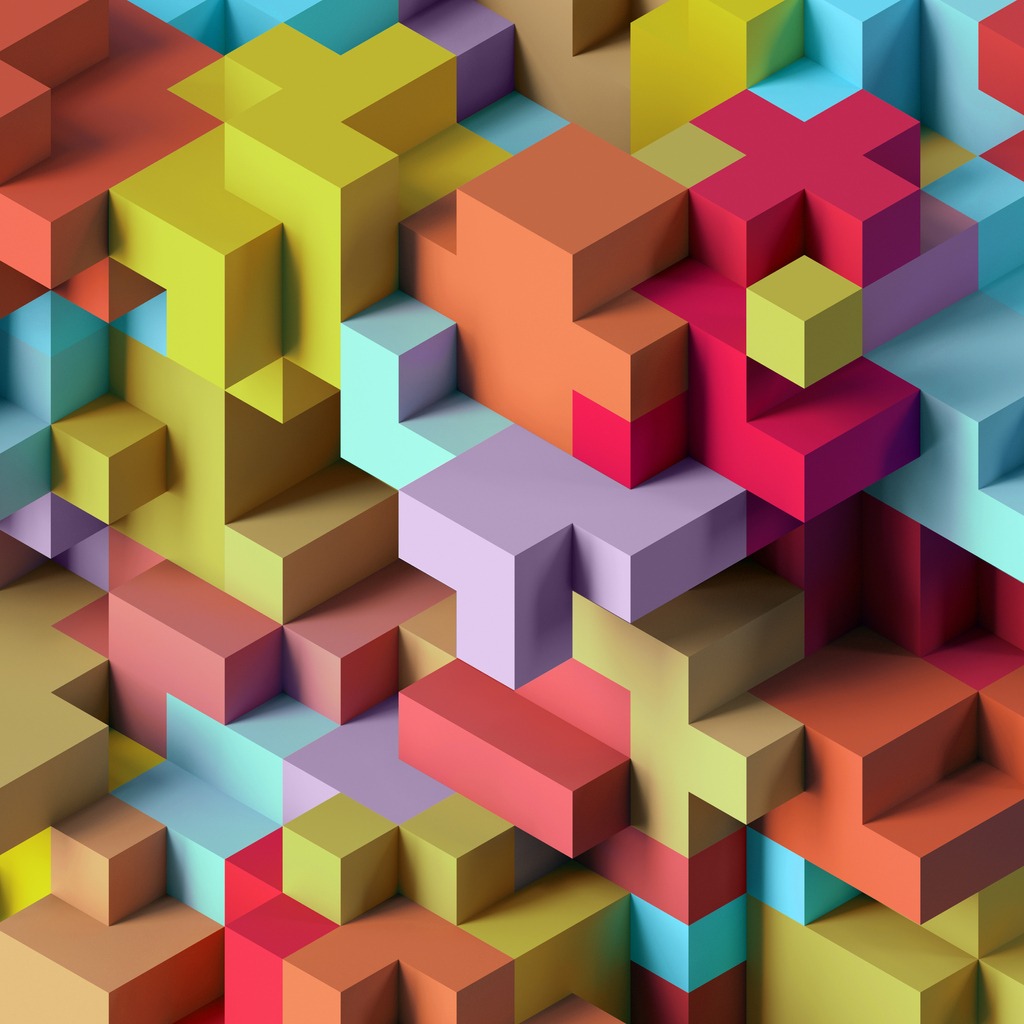The Audiocubes are a collection of electronic musical instruments typically used by electronic musicians in their live performances. These are a set of light-emitting cubes that can be used in making sounds, visuals, and music created by a Belgian entrepreneur named Bert Schiettecatte. Interestingly, these objects have the capabilities to detect each other’s orientation, gestures, as well as each Audiocubes location.
Also, these cubes can create interactive applications in Pure Data, a visual programming language, C++, a general-purpose programming, and in Max/MSP/Jitter, a visual programming language for multimedia and music. The Audiocubes are one of the examples of a Tangible User Interface (TUI); it is a user interface wherein the user interacts with digital information through the physical environment. These are also ambient devices that use pre-attentive processing in order to display information.
Moreover, Audiocubes worked with any hardware and software that are MIDI compatible,Including the digital studio stations, FL Studio, Reason, and Logic Pro, Monome, and drum machine. However, in order to connect the Audiocubes to MIDI-compatible hardware and software, the middleware application called MIDIBridge has to be used. Besides its MIDI compatibility, Audiocubes also has an Open Sound Control (OSC) server, a protocol for networking synthesizers, multimedia, and computers. The OSC is also for receiving and sending OSC data.
Several applications were created for the Audiocubes that were responsible for music composition, sound design, live performances, and for creating applications in Max/MSP, C++, as well as in PD. Some of these were:
- DeckaBridge- this software was specifically created for live performances using the audiocubes to work with the Deckadance, a DJ console, and a mixing tool.
- Loopshaper- is a software used to make loops and sounds with one Audiocube.
- Modulor-the modulor detects and communicates to a network of Audiocubes. It also reassembles data that comes from a MIDI device.
- PluginWrapper- this application is needed to use the VST-plugins together with the Audiocubes.
- Improvisor- This software is a MIDI sequencer that is needed to create generative music using the Audiocubes.
- SDK C++ library- this for creating your own application for Audiocubes.
- Evolvor- used to generate low frequency-oscillation (LFO) waveforms through the Audiocubes.
- FM synthesizer for Audiocubes- This software is used to create sounds with the Audiocubes without the need for additional hardware or software.
- MIDIBridge- is a software used to send as well as to received MIDI to and from other MIDI-compatible hardware and software.
- Flext external for Max/ MSP- this is used to create max patches for the audiocubes.
- OSC server- is a software for sending information about the orientation, sensor data, and location of the Audiocubes to other OSC applications.
In April 2004, these unique and colorful Audiocubes were presented at the CHI2004, a two-day industrial forum held at Vienna, Austria. The initial prototype of this electronic musical instrument was shown in the museum of contemporary art in the MuHKA Museum in 2004.In addition to that, audiocubes were also used in the art installationduring the Champ D’Action Time Canvas Festival.
Subsequently, in 2007, these cubes reached a wider market after it was launched on the website of Percussa. Percussa is a company that the audiocubes maker had founded in October 2004 to commercialize and develop the electronic musical instrument, the Audiocubes. Each of these cubes was identical in looks. It also has a small built-in computer that is able to measure the distances and position of the other Audiocubes in a network. Furthermore, the cubes do not need any drivers to work. These can also communicate using a high-speed Human interface device.
An individual Audiocube has about four infrared sensors, or a thermographic camera, that creates a picture using the infrared radiation. These infrared sensors placed in each of the audiocube’s face were also used to measure distances to objects nearby as well as to communicate. In addition to that, the Audiocubes has a digital signal processor (DSP), a microprocessor chip used in audio signal processing and telecommunications. These cubes have a USB-rechargeable battery and a semitransparent housing.
Some notable users of the Audiocubes include the European Bridges Ensemble (BBE), Mark Mosher, Richard Devine, Arecio Smith, Ilan Kriger, Julien Pauty, Pearls for Swines, and Steve Baltes.

